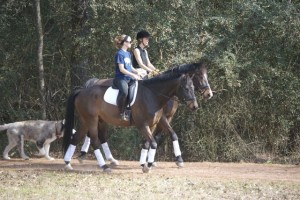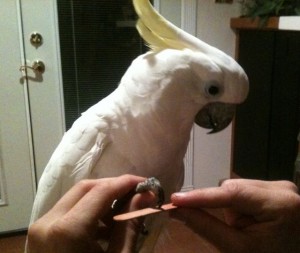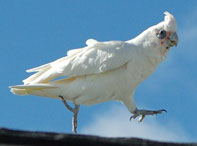So this is my fourth start at this blogpost, and I’m not really sure why I can’t seem to settle on what goals I want to achieve with this post. It’s supposed to be about positive reinforcement… how hard can it be to write about that????
It turns out, very hard. Especially when there’s a lot to say about it, and this author is not known for parsimony. It’s not about whether I am pro- or an anti-, that one is a no-brainer. It’s that positive reinforcement is such an amazing, world-changing tool. But it’s not enough.
Huh?
Whoa, let’s back the cart up and put the horse before it. While the dog training world has embraced positive reinforcement through clicker training, so many in the companion cat, horse, bunny, bird, and fish world still have yet to get on board with any sort of positive reinforcement training. I once helped a friend that had a horse that was a real bear to load in the trailer. Loading up to go home from a show, they caused a scene with whips, ropes, chains, and three extra helpers to get this horse loaded in the trailer. Once locked, loaded and tied shortly to the wall to prevent backing out and rearing, the horse is surprisingly quiet. Comfortable or perhaps defeated?
…. but I digress. Long story short, I worked with the horse back at the ranch one morning with a bucket of grain. In less than half an hour, he was comfortably standing in the trailer, by his own volition, not even tied. The woman was visibly relieved, but then a furrow came to her brow. While the horse was quietly standing there, she said, “But…. I don’t want to rely on food every time I want him to do something, do I?” Somehow, we are at the point that using food is inferior to whips and chains?
As it turns out, many companion animal owners balk at using positive reinforcement because of the food factor – the feeling often is that it somehow cheapens the relationship they have with the animal, presumably in that the currency they use to manage behavior is “love/respect/dominance” and not physical bartering tools. There are so many things wrong with that statement, I don’t even know where to begin. Firstly, the quotation marks are because we don’t actually know what an animal feels, so these qualities are just hypotheses. (For some great reading on dominance debunked, check out this fab article “Why Dominance Won’t Die“). In fact, *every* person I have met that resists the use of food to facilitate behavior change through positive reinforcement ends up resorting to some form of force, aversive stimulus, and/or coercion. Maybe it’s not as extreme as a whip or a chain under the lip, maybe it’s as simple as a jerk on the lead or pushing on a dog’s butt to get him to sit, but in the end, each is something the animal works against, instead of working for.
There is another reason why, as bird owners, we don’t think of relating with our birds in terms of cues like “Come” “Sit” and “Stay” of the dog world, and that is we just aren’t aware of how much learning our birds are capable of. Many will tell you that bites, screams, chewed furniture are just a part of being a bird owner and keeping a wild animal in our living rooms. Or that, as prey animals, birds are never comfortable being toweled. There is an ever-growing body of evidence to suggest that we can successfully train our companions to not only offer more acceptable alternatives to the undesirable behaviors, but also to willingly participate in some fairly invasive procedures, including toweling and maneuvering for a veterinary procedure.

The point is, we don’t have to chase them off of counters or bookshelves, shove them in crates, restrain them for nail trims, or pry illegally-begotten treasures from their beaks. With a little patience and some more information, we can eliminate all of these relationship-destroying practices, unleashing a real powerhouse of change when it comes to the way we interact with our environment.
Positive reinforcement as a tool tells us to focus on what to do, rather than what not to do.When we reinforce something, by definition we are increasing the probability that that behavior will occur again in the future. If we give the bird a treat or a coo or scritch when he talks, he will most likely continue to do so, assuming the goodie is something he truly likes. The definition of punishment, on the other hand, is the process of reducing a target behavior. This means that we are using something the bird will work to avoid as a tool, i.e. an aversive. If a bird bites and we immediately respond with an aversive, such as dropping him, that is considered punishment. Renown behaviorist B.F. Skinner maintains that positive reinforcement is superior to punishment in altering behavior in that punishment is not simply the opposite of positive reinforcement; positive reinforcement results in lasting behavior modification whereas punishment changes behavior only temporarily and presents many detrimental side effects (Wikipedia).
It should also be mentioned that food is a great tool to use with regard to positive reinforcement, but certainly not the only tool. A good teacher knows that broader the variety of reinforcements and rewards, the easier it is to teach.
Ha! Fourth time is a charm. Stay tuned for Part II, when positive reinforcement isn’t enough. Dun dun dunnnnnnnn!!
Off to the IAATE conference in Pittsburgh next week! Presenting my paper on “Three Points to Positive Relationships.”
Cheers!
hh

